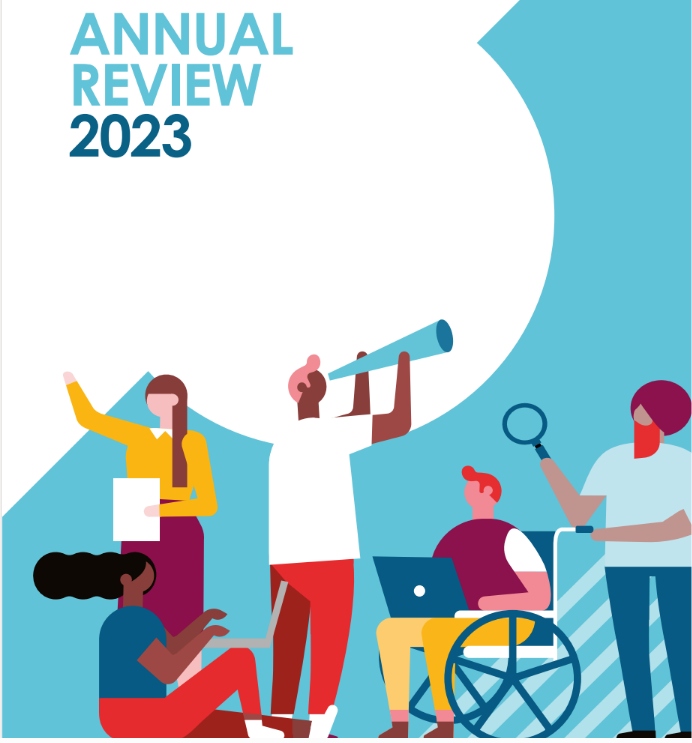The world’s largest interactive mapping resource for global evidence on what works to improve youth skills, employment and job quality.
About the Evidence and Gap Map
As the national What Works Centre for youth employment, we want to make sure that support for young people is based on the best-available evidence.
The map is designed to support evidence-informed decision-making by bringing together evaluations from across the world in an easy-to-find way and indicating where more research is needed.
The map provides a visual representation of:
- the type, quantity and quality of available evidence for different kinds of intervention designed to improve youth employment and young people’s skills;
- existing gaps or limitations in the evidence base.
It doesn’t show whether a particular kind of intervention or a specific programme has improved youth employment or achieved other intended outcomes. For this information, click through to an individual study report.
We will update the Evidence and Gap Map as new studies are published, including evaluations of Youth Futures funded interventions.
How to use the map
Layout
Outcomes are column headings along the top. Intervention categories are listed as row headings down the left.
The contents of each cell are divided into bubbles according to:
- The type of study – primary evidence or a review of existing studies
- The confidence we have in the quality of findings based on a critical appraisal
The size of the ‘bubble’ is proportional to the number of studies.
Which interventions are included?
The main categories are:
- Training, up-skilling and re-training/skilling
- Support to employment
- Decent work policies
- Labour market information systems
- Private sector development
- Finance and financial incentives (both of which include elements of support to entrepreneurship)
- Cross-cutting interventions
Interacting with records
The map is interactive.
Clicking on a row or column heading gives the list of studies in that row or column.
Clicking on a cell gives the list of studies in that cell.
Clicking on a study record gives its bibliographic information, summary and a link to the original source.
Filtering results
Filters (top left) help you refine the records by:
- Country or geographical area of implementation
- Quality of evidence
- Type
- Age group
- Sex
- Social circumstances and/or groups of young people
- Outcome(s)
- Intervention type
- Where relevant, economic and labour market aims
Listen to our podcast epsiode
Our Director of Impact and Evidence introduces the digital tool, in conversation with Anna Smee and Campbell Collaboration’s CEO Howard White.


